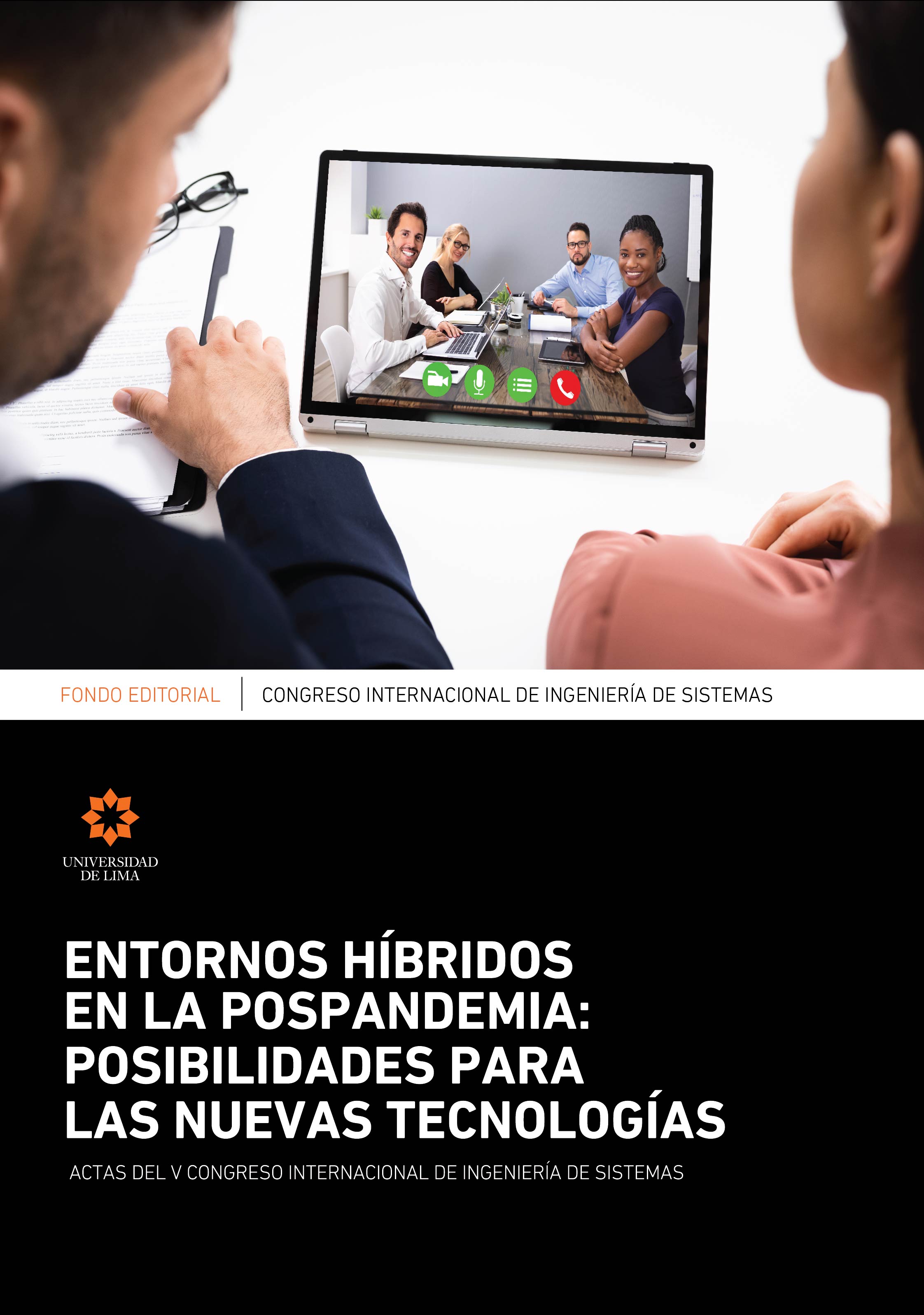Sero tawa pukllay: online/offline remote educational system
DOI:
https://doi.org/10.26439/ciis2022.6069Keywords:
Tawa Pukllay, yupana, online/offline education, serious game, mathematicsAbstract
The recovery of ancestral Inca mathematical knowledge through the Tawa Pukllay method is a semiotic alternative that makes learning basic arithmetic operations easier. Rural education presents many challenges made evident by the COVID-19 pandemic. The online/offline system was a concrete response to some of them, allowing rural children in an Andean community in Peru to continue learning basic arithmetic by playing a serious game with a bilingual (Quechua and Spanish) interface on electronic tablets. SER0 Tawa Pukllay stimulated children's initiation to use electronic devices while maintaining their identity, reinforcing the use of Quechua, their Andean worldview, and their autonomy. The process fostered self-learning and motivation as the children strove to complete the challenges posed by learning to read numbers and solve arithmetic problems presented in a playful pedagogical approach to developing their mathematical thinking.
Downloads
References
Aguerrondo, I. (2020, 5 de mayo). Conferencia “Una mirada hacia el futuro de la educación” [Video]. YouTube. https://www.youtube.com/watch?v=KvbG2rO_Dnw
Bednar, A. K., Cunningham, D., Duffy, T. M., & Perry, J. D. (1991). Theory into practice: How do we link? En G. J. Anglin (Ed.), Instructional technology: Past, present, and future (pp. 88-101). Libraries Unlimited.
Escotto Córdova, E. A. (Ed.). (2021). Alternancias semióticas: estrategia didáctica en la enseñanza de las matemáticas. Universidad Nacional Autónoma de México; Facultad de Estudios Superiores Zaragoza.
Grupo de Análisis para el Desarrollo. (2020). Cifras sobre la educación rural en el Perú. Proyecto CREER. http://www.grade.org.pe/creer/educacion-rural-en-el-peru/cifras
Guzmán Jiménez, R., Prem, D., Saldívar, A., & Escotto Córdova, E. A. (en prensa). Semiotic alternations with the Yupana Inca Tawa Pukllay in the gamified learning of numbers at a rural Peruvian school. Educational Technology & Society, 26(1), 79-94.
Ministerio de Educación del Perú. (2020). Informe de resultados de la Evaluación Censal de Estudiantes 2018. http://umc.minedu.gob.pe/informe-de-resultados-de-la-evaluacion-censal-de-estudiantes-2018/
Ministerio de Desarrollo Agrario y Riego. (2019). Comunidades campesinas y comunidades nativas. https://www.ana.gob.pe/2019/consejo-de-cuenca/mantaro/MA
Merrill, M. D., Kowalis, T., & Wilson, B.G. (1981). Instructional design in transition. En F. H. Farley & N. J. Gordon (Eds.), Psychology and education: The state of the union (pp.298-348). McCutchan.
Organización para la Cooperación y el Desarrollo Económicos. (2019). OECD FUTURE OF EDUCATION AND SKILLS 2030. https://www.oecd.org/education/2030-project/teaching-and-learning/learning/learning-compass-2030/OECD_Learning_Compass_2030_Concept_Note_Series.pdf
Piaget, J. (1983). Piaget’s theory. En P. Mussen (Ed.), Handbook of Child Psychology (4.a ed., vol. 1). Wiley.
Prem, D. (2016). Yupana Inka – Decodificando la Matemática Inka. Método Tawa Pukllay. Asociación Yupanki.
Vygotsky, L. (1986). Language and thought. MIT Press. (Obra original publicada en 1962).
Watson, J. B. (1913). Psychology as the behaviorist views it. Psychological Review, 20(2), 158-177.


